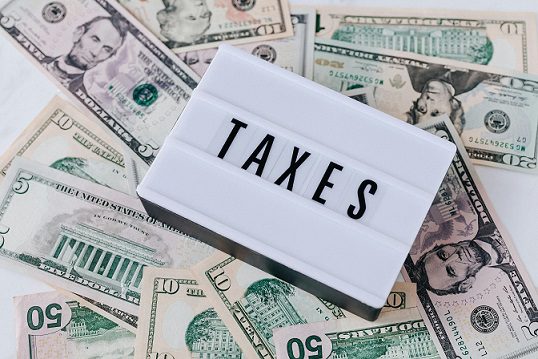
Higher Taxes!
Recently, Rachel Reeves, the UK Chancellor of the Exchequer, announced the new British Government’s budget for the coming year. This budget included a variety of tax increases. There are similar fiscal pressures on this side of the Atlantic, so I thought it would be worthwhile to provide a high-level comparison of taxation approaches in the UK and the USA.
By way of a preamble, after months of speculation and in the run-up to the fall budget, thousands of Brits have been leaving the UK for more favorable tax havens. The continuing abysmal weather has not helped either!
In the run-up to the recent UK election, the Labor Party pledged that they would not raise taxes. After winning the election, however, they realized the country’s finances were in worse shape than they imagined. Accordingly, Rachel Reeves announced that taxes are indeed going up – and not just income taxes. There is a tax referred to as Stamp Duty Land Tax (“SDLT”), which is the tax the government imposes on the purchase of real estate, both personal and investment. The top rate for a home purchased for personal use is 12%. That would cost you an extra $240,000 on the purchase of a $2m home. For rental real estate, the top rate is now 17%! The British have traditionally favored investments in property over the stock market. SDLT adds yet another headwind to prospective returns from real estate.
While we fret here that the federal estate and gift tax exemption will be reduced at the end of 2025, the British equivalent, known as inheritance tax, is levied at a flat 40% on estates more than approximately $845,000 for a married couple. Compare this to the 2025 exemption for an American couple of about $28 million.
The UK does not have an equivalent of our state income taxes, but the highest income tax bracket is still a hefty 45% on earnings above $160,000. This compares to the highest federal tax rate for a married couple filing jointly of 37% above earnings of $731,200. That is a huge difference for high income earners. Moreover, the standard deduction in the UK is essentially half of what we get.
If you manage a private fund and are entitled to what is referred to as a “carried interest” for exceeding certain levels of investor return, the tax in the US on those profits is currently at the long-term capital gain rate of 20%. This has been raised in the UK to 32%, effective next April. And finally, for those who are fortunate enough to be able to afford to send their children to private schools, the government will now impose a value-added tax (VAT) at the rate of 20% on school fees!
The moral of the story is that programs and entitlements need to be paid for. The UK is having to address that right now. There might well come a time when the US has to do the same.
Nick Hoffman
